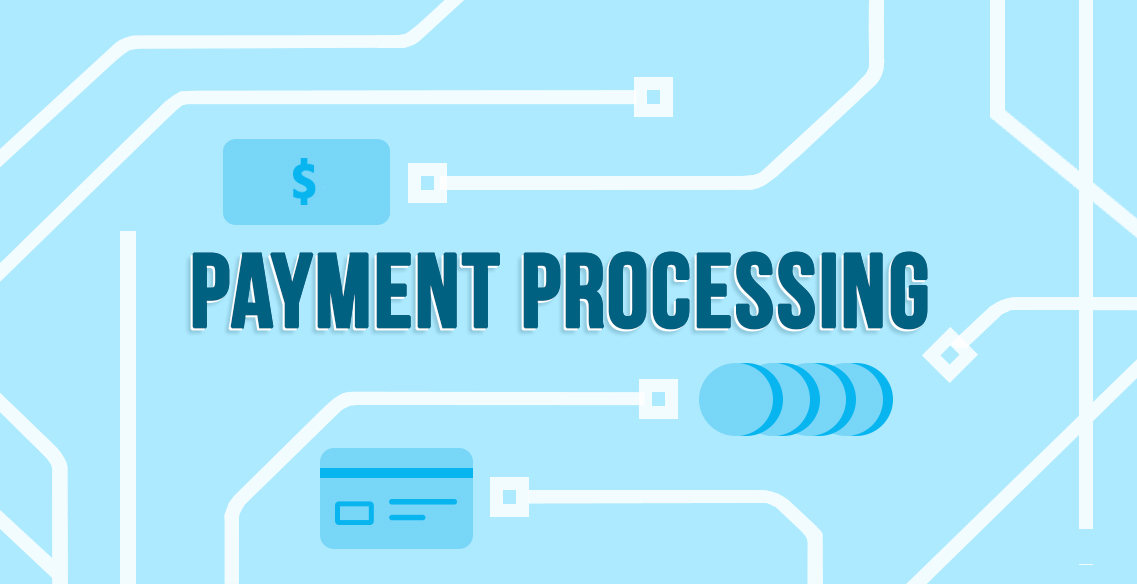What is Payment Processing And How Does It Work?
Payment processing is an essential function of any business. It is the process of exchanging money for goods or services. The payment processor is responsible for authorizing the transaction, ensuring that the funds are available, and transferring the money to the merchant’s account.
The payment processing industry has undergone a transformation in recent years due to the rise of ecommerce. The traditional payment processors, such as Visa and Mastercard, have been challenged by new players such as PayPal and Square. This has led to a race to offer the lowest processing fees and the best customer service.
The payment processing process can be broken down into three steps:
- The customer submits the payment information
- The payment is authorized
- The funds are transferred to the merchant’s account
The customer submits the payment information
This step involves submitting the payment information, such as the credit card number, expiration date, and security code. The customer can do this by typing in the information on a form or by scanning a QR code.
The payment processor will authorize the payment by checking the credit card number and other information against a database of known cards. If the number is valid, the payment will be approved.
The funds are transferred to the merchant’s account
The payment processor will then transfer the funds to the merchant’s account. This typically takes one to two days, but it can take longer if the payment is being processed internationally.
There are a number of different payment processors, each with its own advantages and disadvantages. The most important factor to consider is the processing fees, which can range from 2% to 4%. Other factors to consider include the speed of the transaction, the availability of customer support, and the level of security.
What are the benefits of payment processing?
There are a number of benefits to using payment processing, including:
- Increased sales – Payment processing makes it easy for customers to purchase goods and services online. This can lead to increased sales and revenue.
- Improved customer experience – By accepting credit cards and other forms of payment, businesses can provide a better customer experience. This can help to attract and retain customers.
- Ease of use – Payment processing is easy to use and can be integrated into any website or ecommerce platform.
- Reduced costs – Payment processing can help businesses reduce their costs by accepting payments online.
- Improved security – Payment processors use state-of-the-art security measures to protect customer data. This can help businesses reduce the risk of fraud and identity theft.
- Increased efficiency – Payment processing speeds up the payment process and helps to reduce errors. This can save businesses time and money.
- Global reach – Payment processors offer a global reach and can process payments in over 200 countries. This allows businesses to sell their products and services to a global audience.
- 24/7 support – Payment processors offer 24/7 support, so businesses can get help whenever they need it.
- Fraud protection – Payment processors offer fraud protection, which helps businesses reduce the risk of fraudulent transactions.
- Increased revenue – Payment processing can help businesses increase their revenue by making it easy for customers to purchase goods and services online.
What are the disadvantages of payment processing?
There are a few disadvantages to using payment processing, including:
- High processing fees – Payment processors typically charge processing fees of 2% to 4%. This can add up over time and can be costly for small businesses.
- Limited payment options – Payment processors offer a limited number of payment options, which may not meet the needs of all businesses.
- Slow transaction times – Payment processing can be slow, especially when transferring funds internationally. This can cause delays and affect business operations.
- Limited customer support – Payment processors offer limited customer support, which may not be enough for some businesses.
- Inability to process cash payments – Payment processors do not typically accept cash payments, which can be a problem for businesses that deal in cash.
- Lack of transparency – Payment processors are often opaque about their pricing and operations. This can make it difficult for businesses to make informed decisions about which processor to use.
- Security risks – Payment processors are susceptible to security risks, such as data breaches and hacking. This can put customer data at risk and damage the reputation of businesses.
- Limited global reach – Payment processors are not available in all countries, which can limit the reach of businesses.











